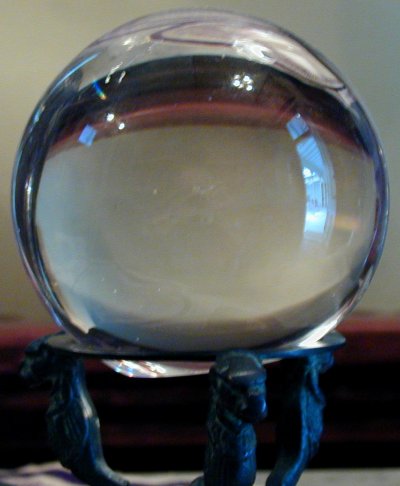History and Horseshoe Nails
Today, we ask if horseshoe nails are real. The University of Houston's College of Engineering presents this series about the machines that make our civilization run, and the people whose ingenuity created them.
You've all heard the old rhyme,
For want of a nail, the shoe was lost;
For want of the shoe, the horse was lost;
For want of the horse, the rider was lost;
For want of the rider, the battle was lost;
For want of the battle, the kingdom was lost;
And all for the want of a horseshoe nail.

That innocent little poem contains a theory of cause and effect. So I've been asking history colleagues if they believe in metaphorical horseshoe nails. They won't give me any easy answer. Of course history teems with candidates for real-life horseshoe nails that actually might've redirected human affairs:
On June 4, 1942, cloud cover briefly parted, exposing the Japanese fleet to American planes. We gained the advantage in the Battle of Midway Island, and the war in the Pacific turned in our favor. What if we hadn't found that hole in the clouds? What if lightning had killed Ben Franklin, as it did so many people who tried to replicate his kite experiment? What if the captain of the Titanic had said "I don't like the look of it. Let's slow down tonight," or if the launch manager of the shuttle Challenger had said, "You're right, it really is too cold for those O-rings."
Does history really turn upon such coincidences? We know that any complex future is highly vulnerable to tiny influence. The smallest change in today's weather radically changes the weather five months later. That's why mathematical models for the weather can predict weather for only a few days. But, argues one historian friend, you and I aren't weather. We're endowed with free will.
That first struck me as a non sequitur. Then I looked at it in the light of what I know about nonlinear mechanics. Maybe you know the term strange attractor. That's a pattern of behavior which any complex system more or less replicates in the long term. It's out of the question to predict the weather at a given hour, one year hence. No technology ever will. But we can predict trends. We know roughly when to expect hurricanes or drought.
Perhaps that's how history works. If one rider's lost, another takes his place. Maybe the will of the people forms a sort of strange attractor that brings us out in the same place, despite horseshoe nails. Go back to that one bad decision you made, long ago -- the one that ruined your life. Actually, it's just the one decision you remember most acutely. Your life is, in fact, the sum of a million decisions, mostly forgotten. Your life might well have closed back in upon the pattern built of all those other decisions.
So I don't know what role horseshoe nails play in the larger tapestry of history. And, in the end, it's not really a question for historians. It is, rather, a matter for mathematicians and philosophers. And not even they will keep me from acting as though I have control over who and what I am.
I'm John Lienhard, at the University of Houston, where we're interested in the way inventive minds work.
(Theme music)
I'm grateful to colleagues Sarah Fishman-Boyd, Joseph Glatthaar, and Richard Blackett from the University of Houston History Department. Their lunchtime conversations were most helpful to me in thinking this issue through. The subject first arose when Glatthaar, a noted Civil War historian, told us that Confederate troops at Gettysburg carried artillery ammunition from a new armory. The delay on the fuses was slower than normal, and their shells exploded five hundred yards beyond the Union troops. Was that a turning point in the battle, I wondered? (Probably not, for exactly the reasons I cite above.)
